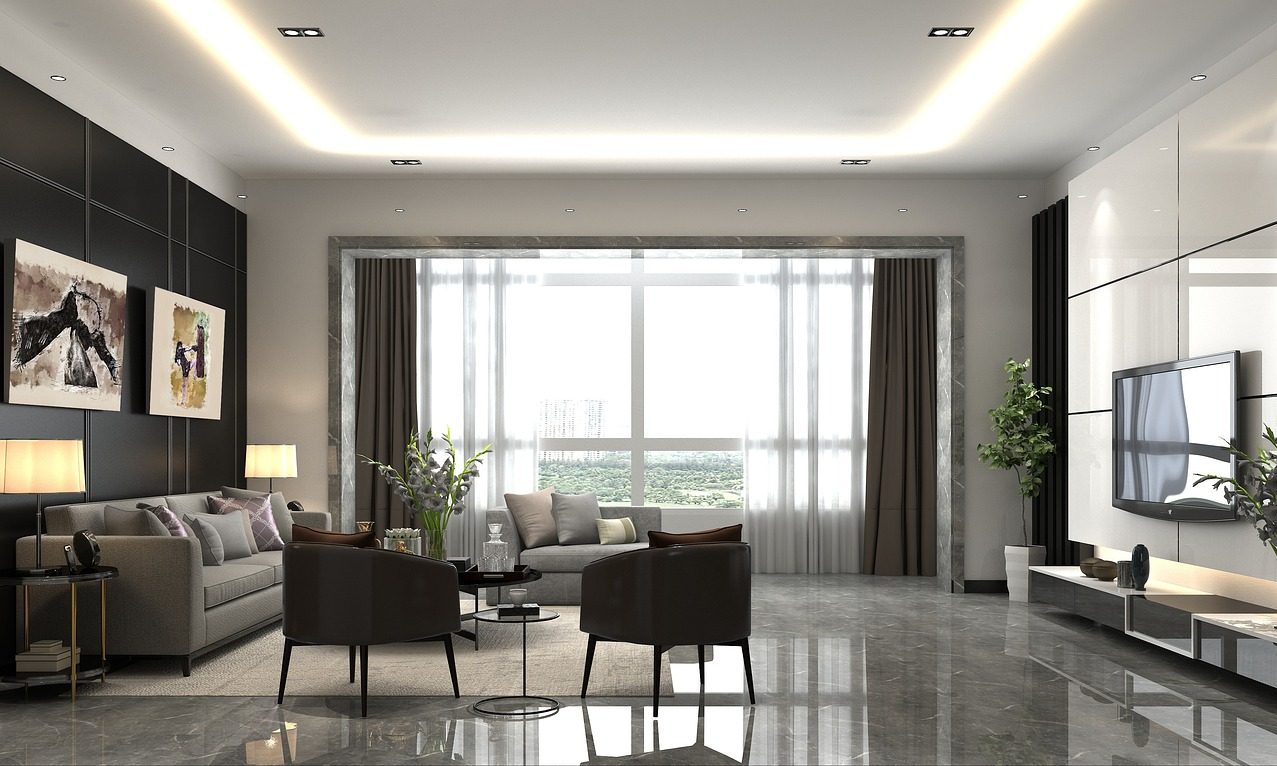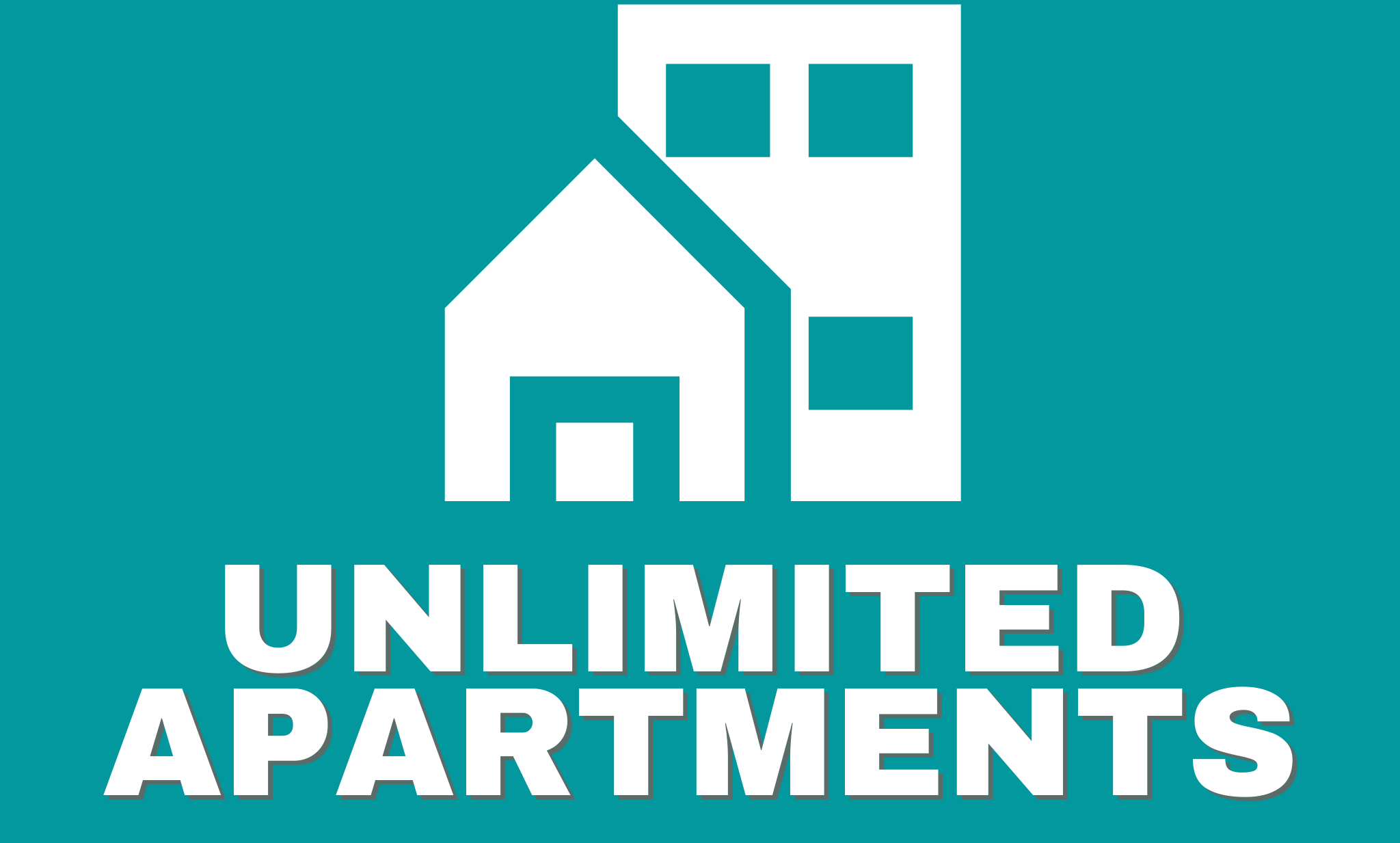Higher floor apartments often feature breathtaking views that justify their premium price tags, while they can also be more costly to maintain due to higher maintenance costs.
Living on the top floor also means climbing up and down stairs if your building does not offer elevator service, which may prove challenging if you regularly carry groceries or heavy items up and down them.
Prestige
Some residents enjoy living on the top floor of an apartment building because it gives them amazing views and maximum sunlight, without being bothered by noise from people moving about or children playing above them. Unfortunately, however, this lifestyle comes at the cost of higher energy bills and more obstructed windows; furthermore it makes accessing shared facilities such as gyms, laundry rooms, and coworking spaces difficult for elderly individuals who find walking down multiple flights of stairs difficult.
Apartment prices depend heavily on factors like location and view; for instance, high-rise buildings often boast spectacular panoramas that command higher prices compared to lower floors; similarly, those closer to shops and public transportation can fetch an even higher premium price tag.
Top-floor apartments tend to be more costly as they’re often seen as penthouse floors of a building, prompting builders to charge premiums for these apartments in order to attract potential buyers.
One reason top-floor apartments tend to be more expensive is due to additional maintenance requirements. Leaks or problems with the roof may add up to costly repairs; therefore, before buying an apartment on the top floor you should request an inspection and seek professional advice before making a commitment. Furthermore, heat rises, meaning more money might need to be paid out in air conditioning costs in an environment with higher ambient temperatures if living on one of these top floors.
Location
Decisions on apartment purchasing or rental require much thought and consideration, including location, amenities, floor number and floor level. One factor often overlooked by apartment buyers or renters is price; typically apartments on upper levels tend to cost more. But why?
Common reasons include perceptions that higher-level apartments are more luxurious and private than apartments on lower levels, providing them with an added sense of prestige that attracts many renters, yet can add significant costs.
Higher-level apartments also tend to offer superior views of their surroundings than lower-level ones, making for breathtaking scenery and offering apartment dwellers something different and memorable to look at every day.
Finally, apartments on higher floors take advantage of natural lighting – receiving more sunlight than apartments on lower floors can help make them brighter and happier spaces. Furthermore, heat generated by furnaces in apartments below you will rise up through the floors to keep your apartment warmer during winter.
However, living on a high-rise can present certain drawbacks: higher utility bills during summer months and limited ground level parking space can make accessing emergency services challenging. Furthermore, carrying bikes, groceries and suitcases up stairs or into elevators may prove cumbersome and cumbersome; yet for most people living on a top floor apartment is worth their consideration.
Natural Light
Top floor apartments boasting elevated heights are blessed with abundant natural lighting that helps brighten and make their apartments appear larger, as well as being healthier for both you and your mood. It can even reduce utility costs by making an apartment less dependent on artificial lighting sources.
Top floor apartments also benefit from plenty of natural light, not to mention fresh air. Without buildings and trees blocking their views like lower floor apartments do, top floor apartments often receive fresh breezes that help clear away allergens that accumulate within.
As top floors are closer to roofs, they may be more susceptible to leakage. Therefore, it’s essential that buyers or tenants request a building inspection prior to signing on for top-floor apartments as any issues could require costly repairs or renovations to fix.
One of the main drawbacks to living on a top floor apartment is finding it hard to keep cool during summer heat waves due to rising heat levels; this can result in expensive electric bills. Furthermore, older buildings may contain issues with their roof that affect value; this makes it important for potential buyers and renters to inquire when was the last roof inspection conducted; additionally it would be wise to request copies of building’s maintenance histories to see any previous issues at hand with that property.
Noise
Living on the top floor of an apartment building may provide beautiful views, but can also come with noisy neighbors. When they hear music or conversations from below – such as barking dogs – sound waves travel up through the building into your own apartment and can become bothersome over time. Talking with neighbors or instituting DIY noiseproofing strategies might help, but they won’t always solve this issue.
Living on the top floor can increase utility costs as well as noise pollution, with natural light flooding your apartment and heat rising driving up electricity costs during summer. While this might not be a dealbreaker if you’re just searching for new apartments, but if saving money is an important goal of yours then perhaps looking at apartments on lower floors might be beneficial.
Though top floor apartments cost more than other apartment floors, it is essential to carefully weigh their advantages and disadvantages before choosing one. Take note of what each floor sounds like as you tour them before deciding the floor that best meets your needs based on noise, stairs or views – then choose your ideal spot! Happy apartment hunting!
Accessibility
Apartments on top floors tend to be more costly due to their prestige and ability to attract tenants, yet may not be appropriate for everyone; for instance, they may not be suitable for people who suffer from acrophobia (the fear of heights). Furthermore, they may not be accessible enough for people with mobility issues or small children.
Consider these factors when making your choice for living arrangements. If you are considering living on the top floor, ensure it fits with your lifestyle before researching the apartment building itself – having an elevator could be an advantage, while without one could present challenges like carrying groceries up and down the stairs with children as well as carrying parcels up and down stairs at certain times of day or waiting on it at certain times of the day if one exists at all.
Be mindful that top floor apartments may be harder to cool than those located on lower levels, leading to higher utility bills in summer months.
Living on the top floor offers several advantages, including beautiful views and greater privacy. Apartments on this level tend to be quieter since they’re further removed from traffic noise and pedestrian footfall, and more likely free from pests as pests have difficulty scaling such heights. Unfortunately, however, living here makes evacuation more complicated in an emergency situation.

